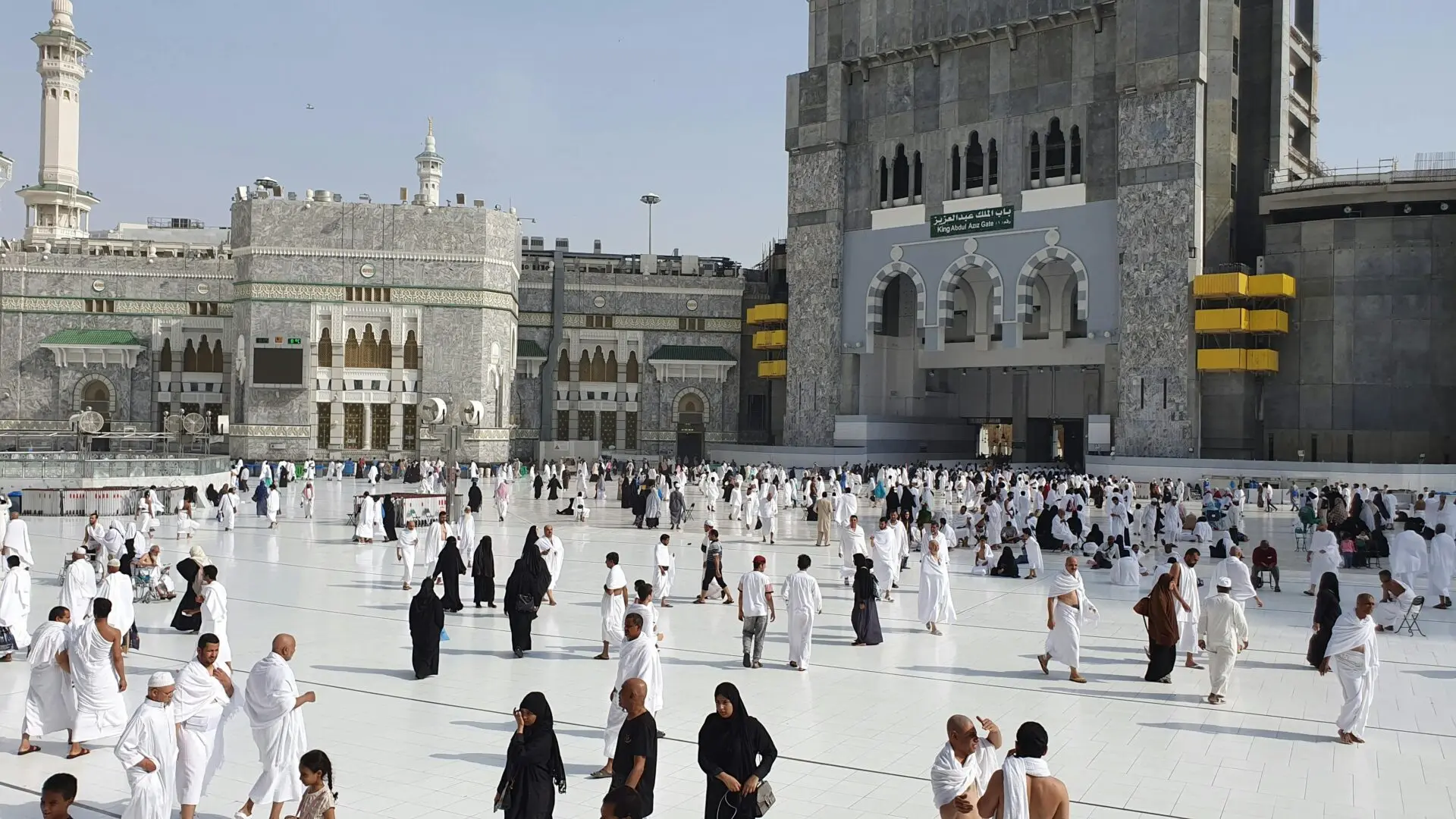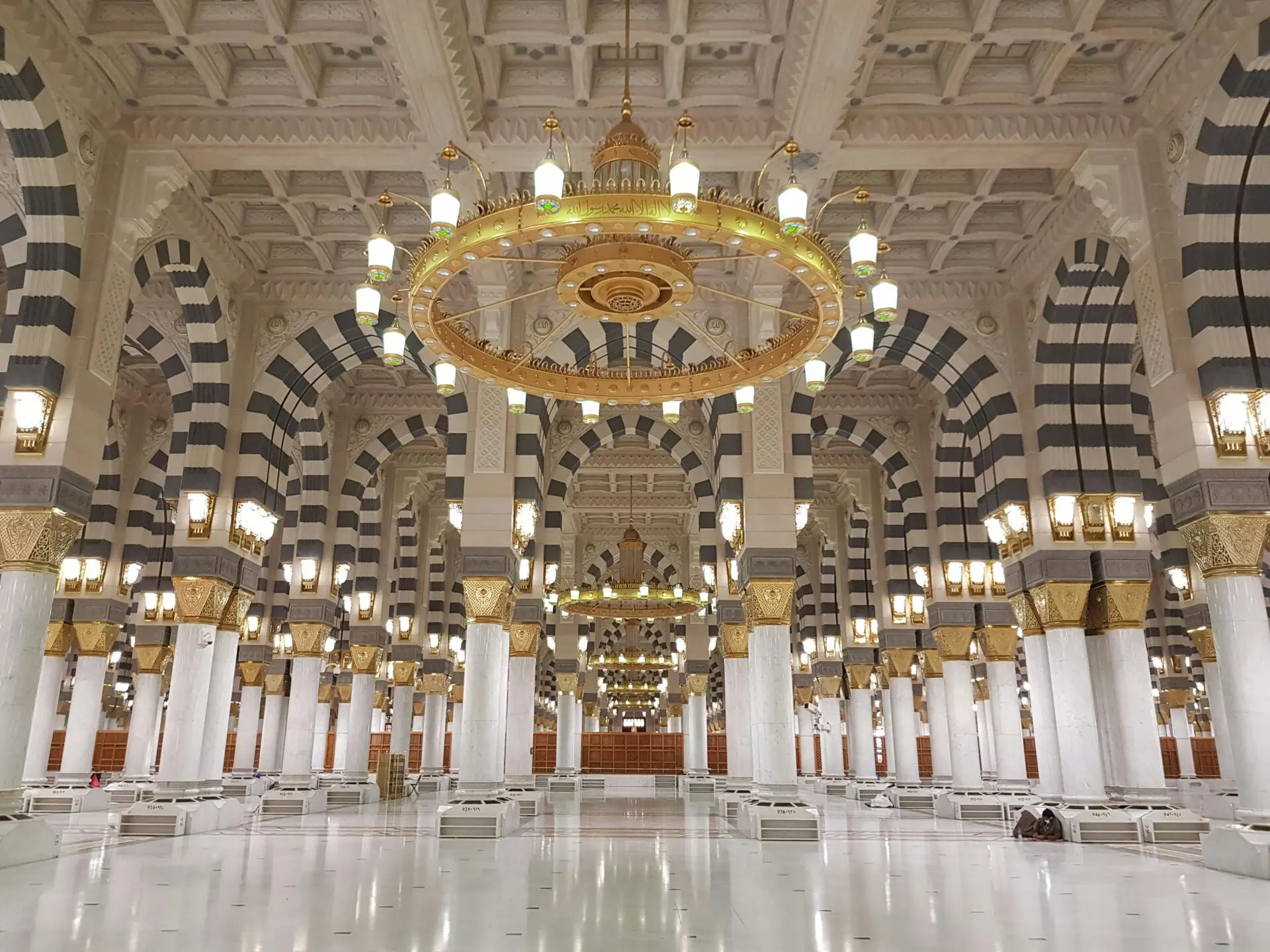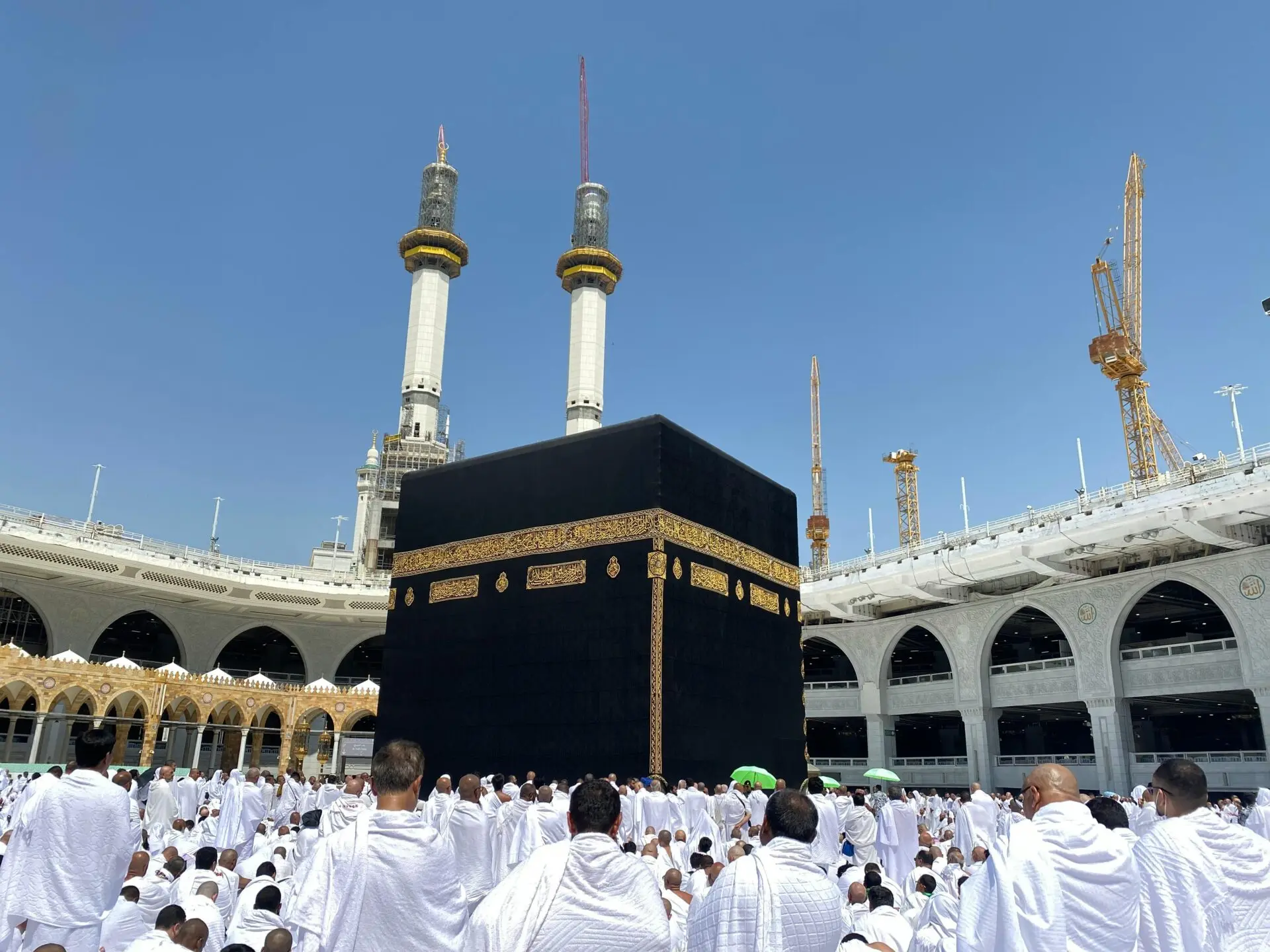Hajj is one of the 5 pillars of Islam, which form the basic foundations of a Muslim’s religious practise. It is a sacred pilgrimage that every able Muslim is required to complete at least once in their lifetime. Each year, millions of Muslims from across the world travel to Mecca, Saudi Arabia to perform hajj.
Muslims are commanded by Allah (SWT) to fulfil the sacred pilgrimage of hajj as relayed in the holy Qur’an: “God willing, you will most certainly enter the Sacred Mosque in safety, shaven headed or with cropped hair [as part of the pilgrimage rituals], without fear! God knew what you did not – and He has granted you a speedy triumph.” (48:27)
Hajj is only obligatory for Muslims who are physically and financially able to undertake the pilgrimage.
What is the purpose of hajj?
The purpose of hajj, as with the other pillars of Islam, is for Muslims to fulfil their spiritual duties to Allah (SWT) and show submission to Him.
Muslims believe hajj offers a chance to wipe clean past sins and start anew before Allah (SWT). As the Prophet Muhammad (peace be upon him) said: “Whoever performs Hajj for the sake of Allah and does not utter any obscene speech or do any evil deed, will go back [free of sin] as his mother bore him.”


